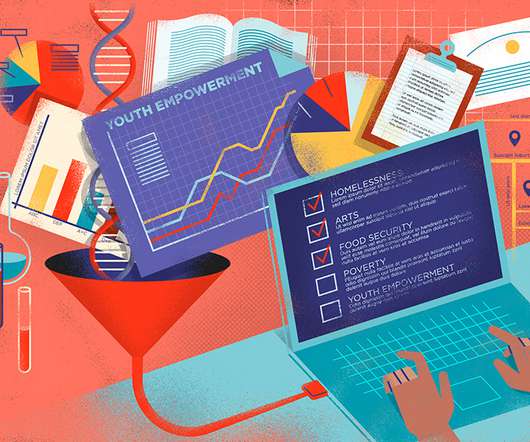Innovating to Address the Systemic Drivers of Health
Stanford Social Innovation Review
NOVEMBER 8, 2023
How can health innovations help people like Elisa whose health is dramatically impacted by factors like clean air, healthy food, a safe home, and access to health care, education, and a job that can sustain her family? Traditional medical innovators are typically focused on the surface-level challenges related to health care delivery.












Let's personalize your content